Pruning Tomato Plants, Why?
The Myth of Pruning Tomato Plants: Why You Should or Shouldn’t Do It!
Tomatoes are a popular crop in many home gardens. They are relatively easy to grow, produce abundant fruit, and are a tasty addition to many meals. One common practice among gardeners is the pruning of tomato plants.
However, there is a garden myth that pruning these suckers can increase fruit yield for everyone.
In this blog post, we will explore what tomato suckers are, the myth surrounding pruning them, and the truth about whether or not it increases yield or quality of the tomatoes.
This is about indeterminate tomato plants. Determinate tomatoes you do NOT want to prune at all.
What are tomato suckers?
Tomato suckers, also known as lateral shoots, are small branches that grow from the base of the leaf stems or in the crotch between the main stem and a branch.
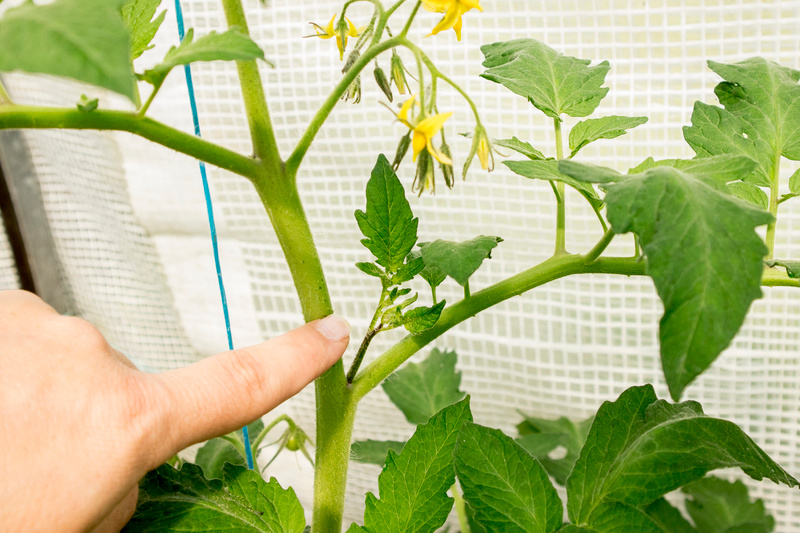
Suckers are a natural part of a tomato plant’s growth and development. They are capable of producing fruit.
The purpose of suckers is to help the plant grow and maintain its overall health.
Though termed “suckers” they are not true suckers, they are new branches that will bear fruit. Why they were nicknamed ‘sucker’ is unknown.
The myth of pruning tomato plants
The myth of pruning tomato suckers is that it increases fruit yield. This myth has been around for a long time and has been perpetuated by many gardening books, magazines, and even many experienced gardeners. (also many local extension sites)
The idea behind the myth is that by removing the suckers, the plant can put more energy into producing larger, higher-quality fruit. However, this is not necessarily true.
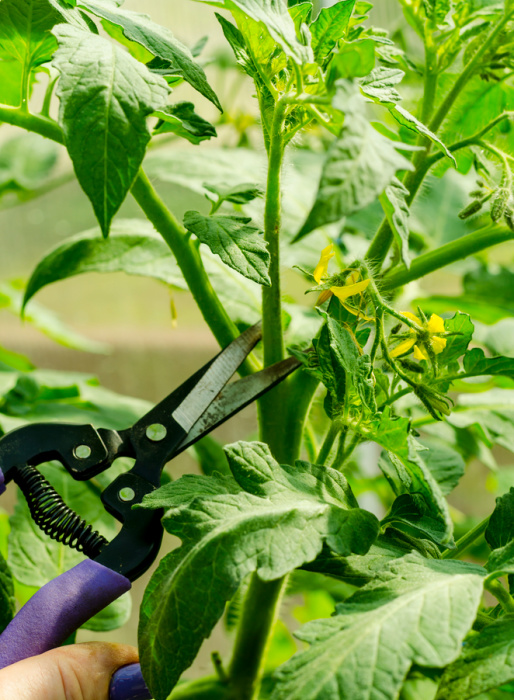
Now this post is about growing tomatoes in our home gardens, not in a greenhouse environment. Most of us home gardeners (the majority of my audience here) grow in the great outdoors.
The truth about pruning tomato suckers
Research has shown that pruning tomato suckers does not increase fruit yield.
In fact, it can have the opposite effect. When you remove the suckers, you are removing potential fruiting stems.
This means that the plant will produce fewer fruits overall. Additionally, pruning can also reduce the plant’s ability to produce energy through photosynthesis, which can result in lower fruit quality.
It is the photosynthesis from the leaves that produces the sugar in the fruit therefore you can expect better flavor from unpruned tomato plants.
There are plenty of folks that claim pruning improves tomato fruit quality but after much searching there is NO proof that is correct. They make the statement but provide no references to substantiate that position.
You can get bigger fruit but that does NOT equate to better flavor or nutritional value.
Another downside to pruning tomato suckers is that it can make the plant more susceptible to sunscald.
Sunscald occurs when the fruit is exposed to direct sunlight and becomes overheated. This can cause the fruit to become discolored, leathery, and unappetizing.
Note: There is a caveat here, many who live in cooler, wetter climates can benefit from more sunlight on the fruit since the sun is less intense, and having better airflow can mitigate problems.
Tomato Damage
Pinching or cutting out these shoots or stems on tomato plants can open a wound that allows pathogens to infect the plant.
The smaller the shoot is when pinched or cut the smaller the chance of infection, also make sure it is an arid day. The wound will dry quicker making it less vulnerable.
Got Blossom End Rot?
When you know why then you know how to prevent it. I show you why and how tomatoes get blossom end rot and how you can avoid it in your garden!
Alternatives to pruning tomato suckers
Instead of pruning tomato suckers, there are other ways to support and manage tomato plants. Here are some tips:
Proper spacing:
Make sure that you space your tomato plants appropriately. This will help to promote good air circulation and reduce the risk of disease.
Staking and tying:
Support your tomato plants with stakes or cages. This will help to keep them upright and prevent the branches from breaking under the weight of the fruit.
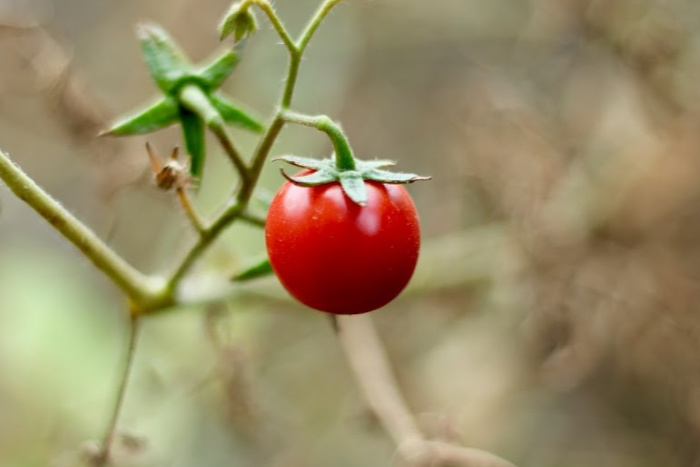
Pinching:
Pinching involves removing the tip of the main stem at the top when it reaches a certain height. This can help to control the overall size of the plant and promote better fruit development.
I pinch back my tomato plants towards the end of the season when they are trying to get taller than 6 feet. I don’t lose fruit because the blossoms at the top will not have time to ripen before our first frost.
I typically do this about 30 days prior to our first frost date. Topping the plant like this encourages the lower fruits to ripen faster.
In conclusion, the garden myth of pruning tomato suckers is just that – a myth. Removing suckers does not increase fruit yield and can actually decrease it. Nor is there any proof that it improves the quality of the fruit but it can increase the size.
If you want big tomatoes then go for it. As for flavor being enhanced by pruning I intend to run an experiment this summer on this. I will prune one tomato and leave the other unpruned.
Then I will conduct a blind taste test with friends. I will report back our findings.
Focus your efforts on proper spacing, staking, and tying to support your tomato plants. If you want to manage the suckers, do so by gently pushing them aside or tying them to the main stem.
By following these tips, you can help to ensure that your tomato plants are healthy, productive, and delicious.
Now this article isn’t to tell you how you MUST grow tomatoes. If you wish to prune and feel it works better for you then go ahead and do so. Everyone has their way and that is okay.
But this was intended to inform those that want the facts of a matter and not just what is often bandied about with no substantiation!
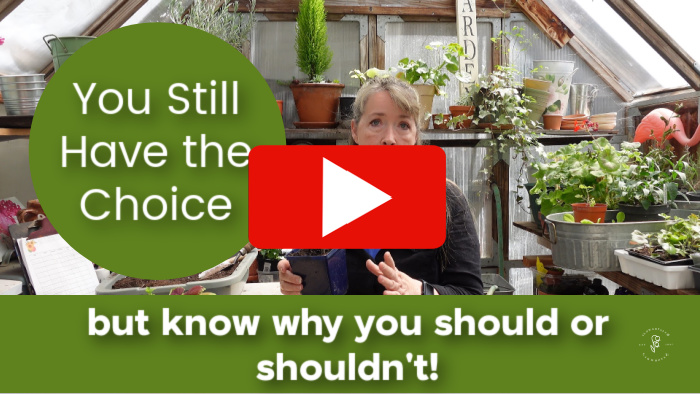
I wish you happy and successful Gardening!
Check out Journey with Jill’s side-by-side trial in her home garden!
I have had similar results though I did not record my findings as well as she did.
reference: Purdue Study
Garden Myths: Should You Prune Tomato Suckers
All the best garden tips
Best Tomato Fertilizer
Why do we need to know what the best fertilizer for tomatoes is? Tomatoes are one of the most popular vegetables to grow in gardens and containers, but they require specific care to grow and produce healthy fruit.
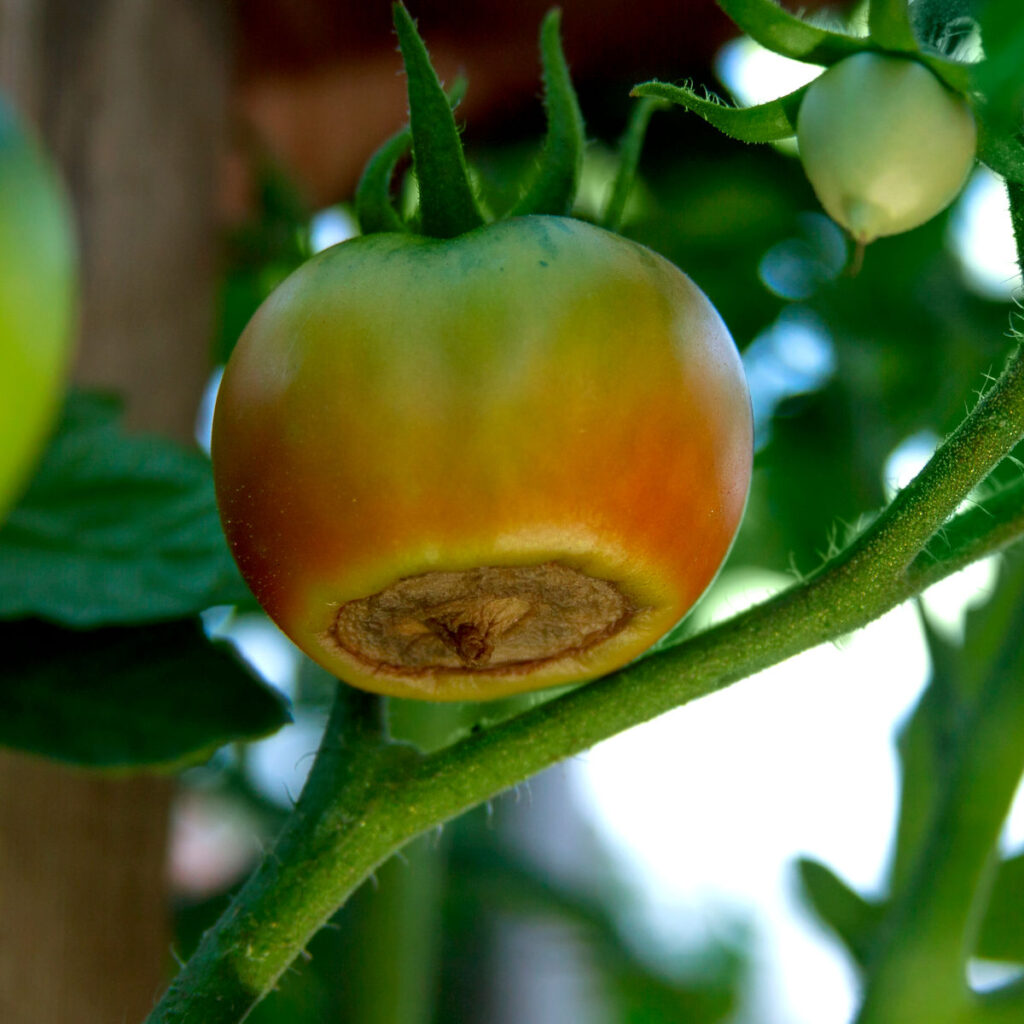
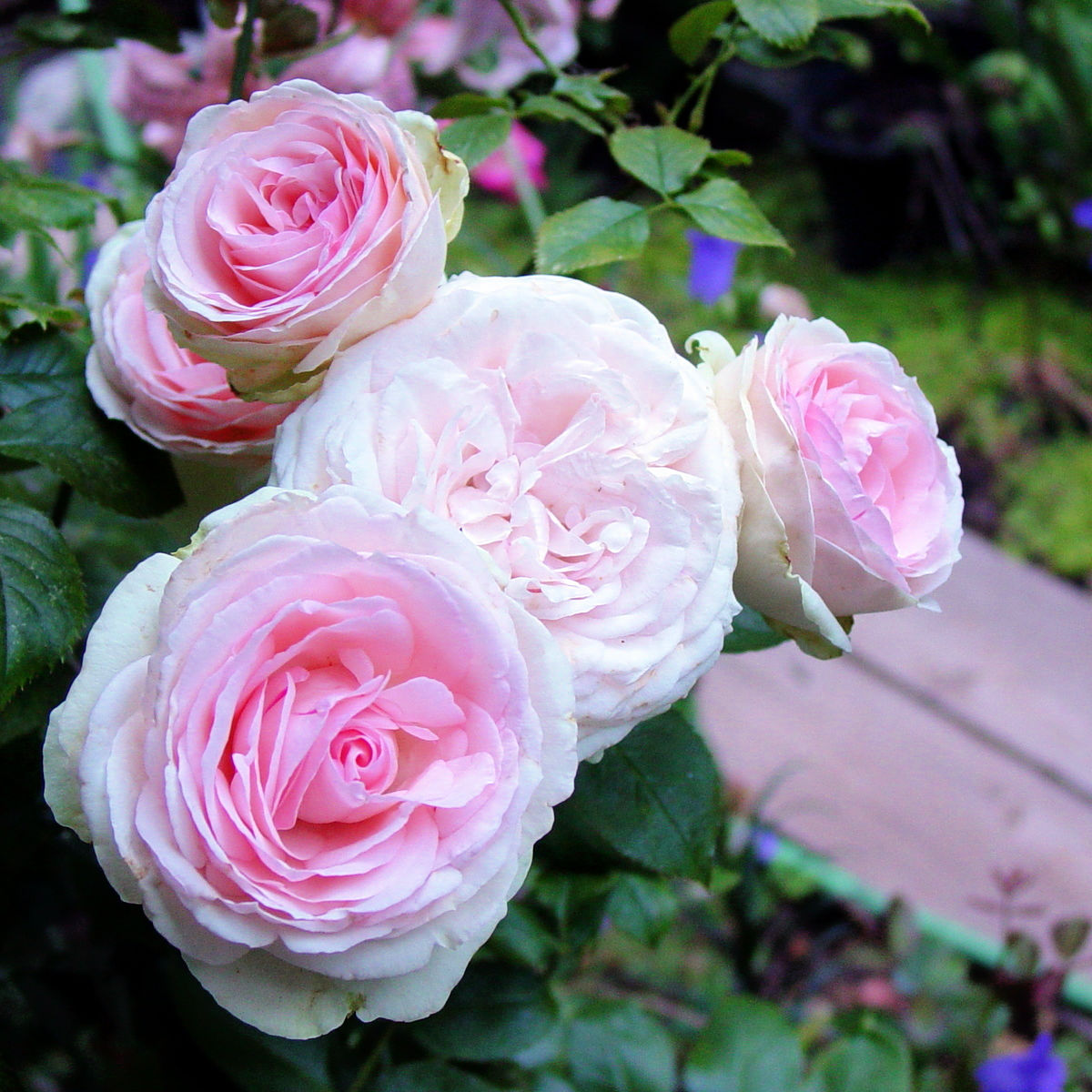
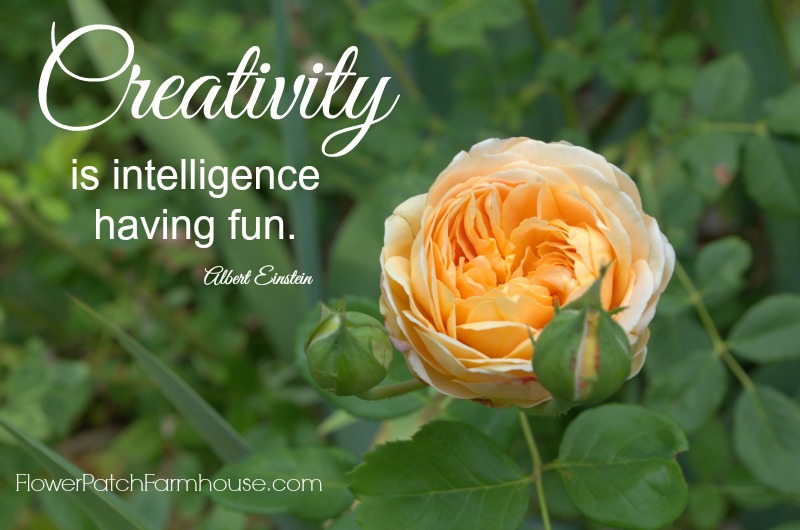


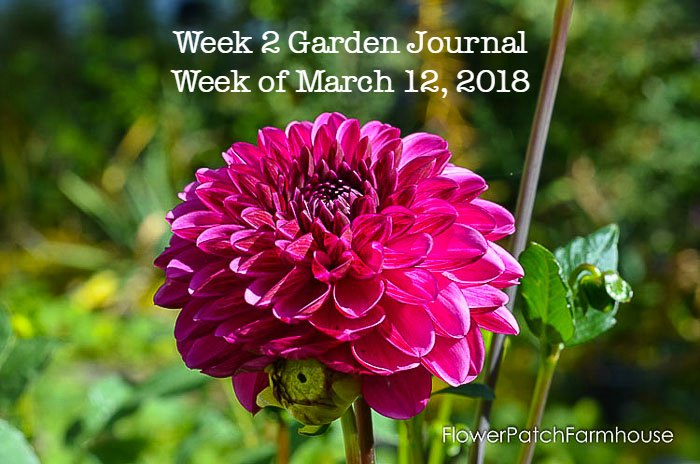
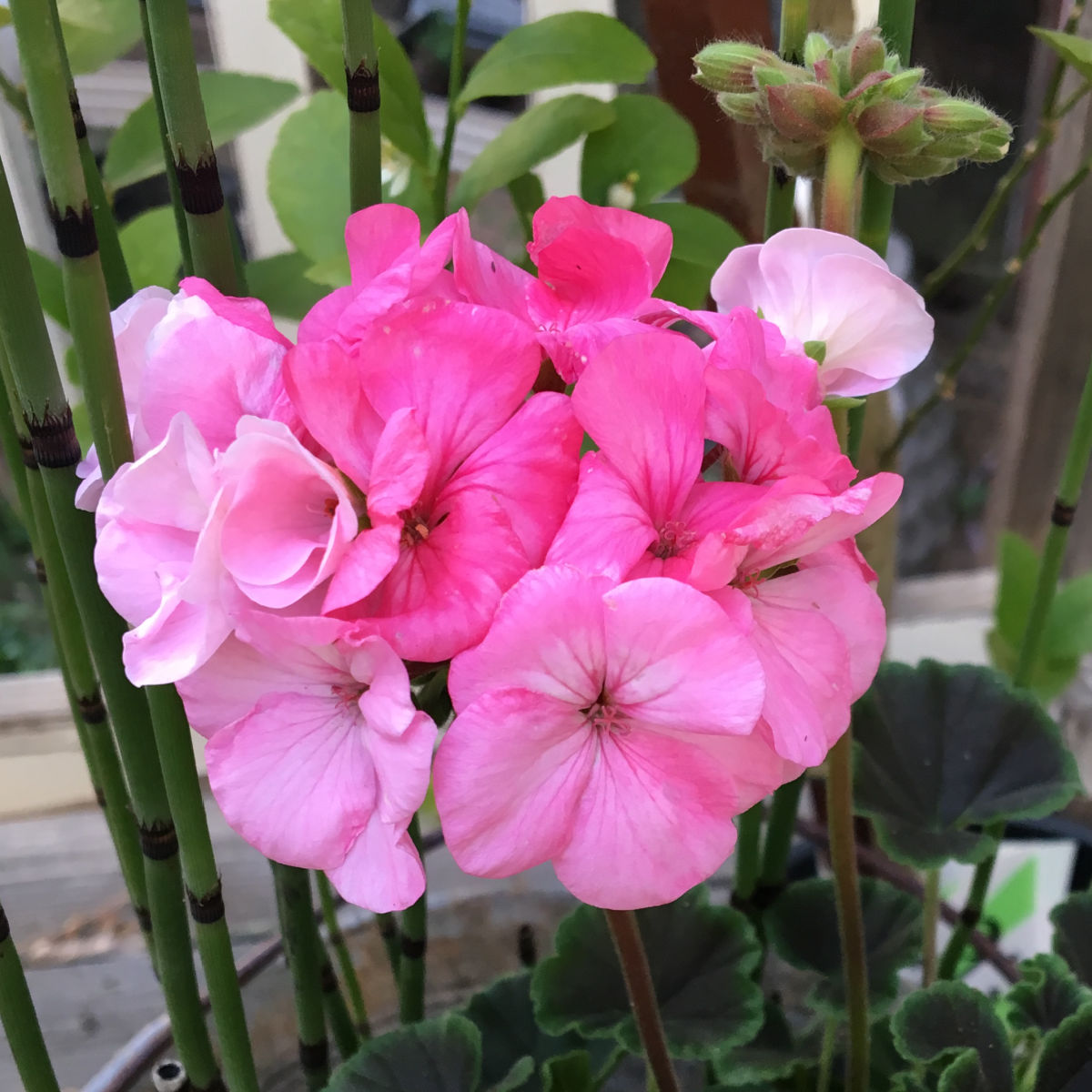
The Purdue research is linked at the bottom of the post just above the author box. Though small in nature my test results were the same as Jill’s over the course of 3 years so I know what works for me in my locale. Several Master Gardeners programs rely on outdated information as I have experienced personally in going through the program. We are working with current farmers along with several agronomists currently on a commercial program and they have had a different result than yours. Local conditions maybe? Variety of tomatoes? But I have had numerous emails from readers also commenting they have had much better results not pruning as well so the myth is “one size fits all” and to prune or not to prune is relative. Since it does not improve results or yield for everyone then it is a myth and not factual. I encourage everyone to test it themselves and see what works for them. Thank you for your respectful perspective, I do appreciate hearing from folks with varying opinions.
Hi Pamela, thank you for the article. it was an interesting read and did have some good information. However, I do have to agree with Russell on the point of pruning the suckers. I know that you talked about the Purdue research, but you did not add a link for it. After going to the Purdue website, there were several articles that did talk about having a potential lower yield of the number of tomatoes produced. But they also said in the same articles that the size and quality of the tomatoes produced were better on the pruned plants. as far as the Journey with Jill article, I think that anybody with a data driven mind-set knows that the sample size is too small to really be relevant. My family, and extended family, has been farming commercially in Oklahoma and Texas for several generations, with tomatoes being a major crop. They have experimented with both methods and they have all landed on the pruning side. Farmers Almanac and several prominent certified Master Gardners have all stated that sucker pruning is better for the plant overall. I am always open for new and better ways to do things, but there is just not enough empirical evidence in your article to sway me from the tried and true. Could you please link to the specific Purdue article you referenced? Because Purdue also has several other studies that reflect what I spoke about earlier. Thank you.
Mine do produce so I have no words of wisdom for you.
Thank you for the tip on tomato plants I never like calling the suckers off anyways
Those leafy branches, that the suckers shoot out of the crotch, don’t seem to have any value as those never produce blossoms or tomatoes. I cut them off. Any advice ??
Cool, I have taken cuttings of tomatoes and rooted them but didn’t focus on the suckers. Great to know.
I guess you ignored the Purdue research as well as both real-life experiments doing a side-by-side test in our home gardens. Show me the proof as you call it. Yes, it is a myth that you get better yields or better quality fruit by pruning. Now keeping your plant manageable was not what this was about but I have had no issues with manageability with the proper support and training of the tomato plants. Sorry to burst your bubble. I will stick with my own testing results as well as the resounding results shown in a more scientific study.
Pruning tomatoes is absolutely not a myth as you indicate here. It is an age old method of increasing fruit quality and keeping the overall plant manageable. For me I prefer the quality of the fruit over the overall quantity I’m sorry, dear, but your 40 years is nothing compared to centuries of practice and proven results.
I use the suckers from my highly productive plants to grow clones. If I have a particularly productive tomato I will cut the sucker with a sharp razor blade and poke it down into some damp soil. I’ve been told you should keep them wet and out of light for a few days after doing it. I have had very good success without using any sort of root promoting powders or honey.